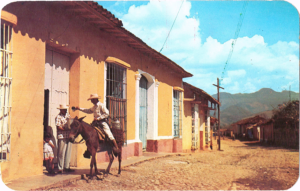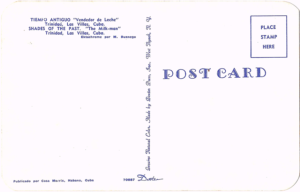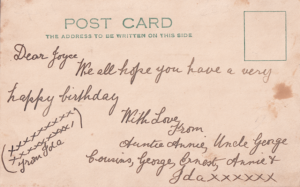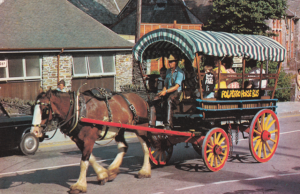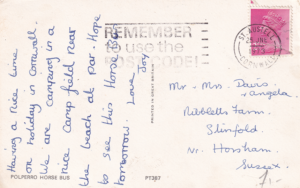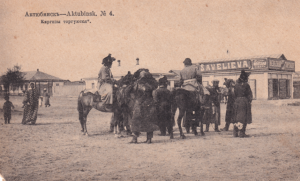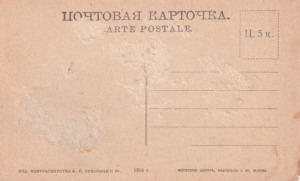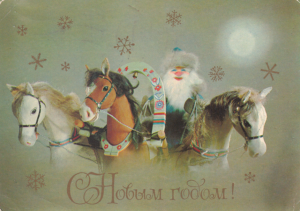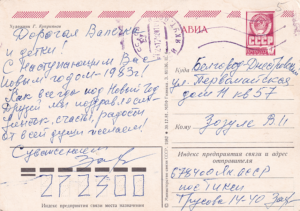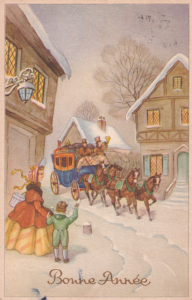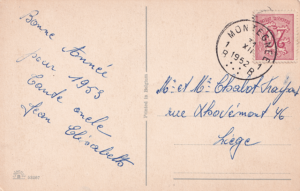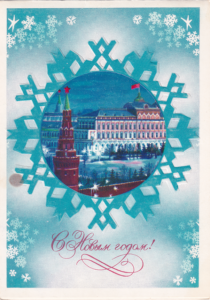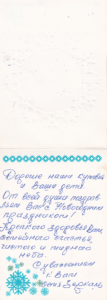The History of Public Transport in the Russian Empire.
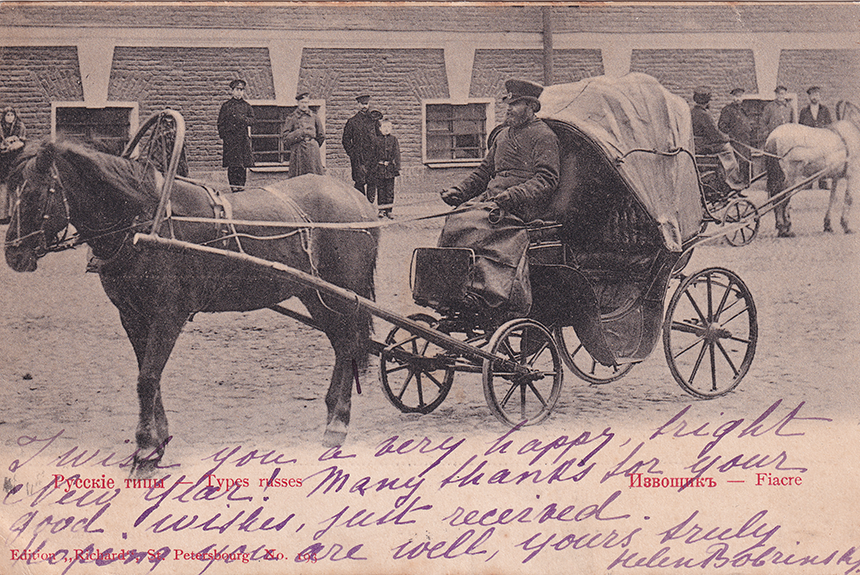
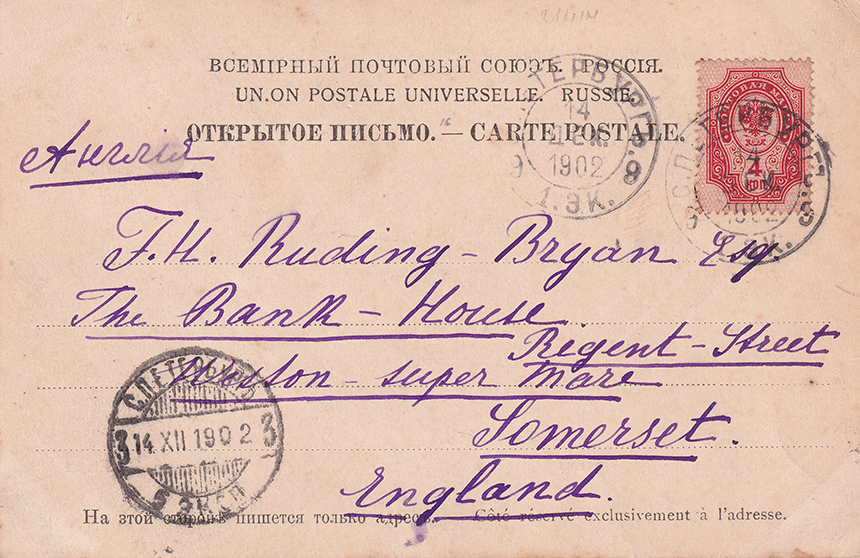
Reverse side of the postcard.
More information
The History of Public Transport in the Russian Empire.
In the 19th - early 20th centuries, the main mode of urban transport was the cabmen. Commercial haulage in the urban settlements of the Russian Empire was regulated by the Duma, which in 1892 was granted the right to draw up mandatory orders on the production of haulage, on the type of coaches, on urban omnibuses and other public crews, and to establish charges for the use of coaches.
In 1887, rules were issued on the collection from the rolling stock, the fee could not exceed 10 rubles per year from each horse used in the carriage. The highest amount of the fee within the limits of the said norm, as well as exemptions from the fee, in each city was designated by the Minister of the Interior in agreement with the Minister of Finance.
The Land Agencies were given the power by the 1900 Act to issue binding regulations concerning the production of light draught goods and to impose fares for the use of coaches outside urban areas. A special tax in favour of the city could be established at the discretion of the city council.
By the mid-1930s, cabmen had been replaced by mechanical and electric means of urban transport: taxis, trams and (in Moscow) subways. For example, while before 1917 there were about 15,000 coachmen in Moscow, by 1920 there were 5,000, and by 1 December 1934 there were only 385. The last cabmen disappeared from the streets of the major cities of the Soviet Union before the World War II.
The letter is in front of the postcard:
"I wish you a very happy, bright New Year! Many thanks for your good.
Wishes, suit received.
Hoping you are well, yours truly".
Founder
"Richard", Saint-Petersburg.
Date
1902.
Culture
Russian Empire.
Classification
Postcard.

